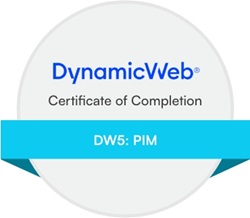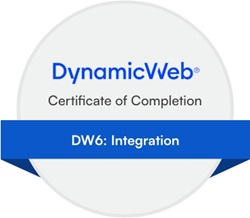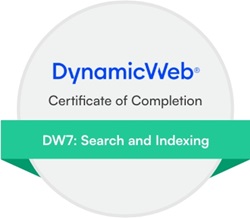Posted on 19/09/2023 10:21:29
A little context:
Our customer has some product information that we request from the frontend after initial page load. We do this because it can be quite a heavy task.
The customer's BC partner have made a new endpoint, so vi kan use the ICC app to get the information. That means I have set up an ICC app that returns json when fetched.
If I fetch the app when not logged in, it just returns "No user logged in" it never tries to contact BC. Earlier I fixed this with your solution and added username and password for a dummy user.
My request is a simple javascript fetch:
lookUpBundle: async function(productNo, url) {
this.loadingBundles = true;
let requestUrl = `@(BundleLookup)&ICC_itemId=${productNo}`;
if(url && url != "") {
requestUrl = url;
}
if(!this.isLoggedIn) {
if(requestUrl.indexOf('username') < 0) {
requestUrl += '&username=mailtest@gotcha.dk&password=K123456';
this.tempLoggedIn = true;
}
}
fetch(requestUrl, {
credentials: "same-origin"
})
.then(response => response.json())
.then(response => {
...
}
}
The ICC app. uses this template:
@{
int x = 0;
bool hasPages = !String.IsNullOrWhiteSpace(GetString("Ecom:IntegrationCustomerCenter.Paging.HasPages")) ? true : false;
string nextPage = "";
if(hasPages && GetInteger("Ecom:IntegrationCustomerCenter.Paging.CurrentPage") < GetInteger("Ecom:IntegrationCustomerCenter.Paging.NumPages")) {
nextPage = GetString("Ecom:IntegrationCustomerCenter.Paging.Forward.URL");
}
}
{
"bundleCount": @GetLoop("Ecom:IntegrationCustomerCenter.BundleLoop").Count(),
"nextPage": "@nextPage",
"currentPage": @GetInteger("Ecom:IntegrationCustomerCenter.Paging.CurrentPage"),
"bundles": [
@foreach(var bundle in GetLoop("Ecom:IntegrationCustomerCenter.BundleLoop")) {
x++;
if(x > 1) {
<text>,</text>
}
<text>
{
"bundleNo": "@bundle.GetString("BundleNo")",
"thickness": "@bundle.GetString("Thickness")",
"length": "@bundle.GetString("Length")",
"width": "@bundle.GetString("Width")",
"stock": {
"warehouse": "@bundle.GetString("Stock")",
"sea": "@bundle.GetString("StockSea")",
"units": "@bundle.GetString("StockUnits").Replace(",", "")",
"seaUnits": "@bundle.GetString("StockSEAUnits")"
}
}
</text>
}
]
}
This used to work. And to my knowledge, the only thing that has changed is we updated the solution to 9.15.8.















